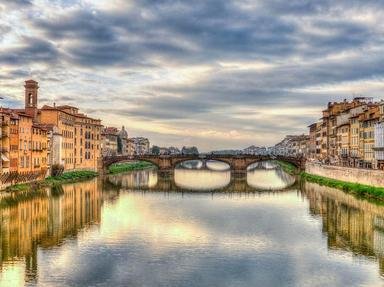
Waltzing Down the Danube Trivia Quiz
'The Blue Danube', a waltz by Johann Strauss II, describes this major river as going from the Black Forest to the sea. Can you place in the correct order these countries through which it passes (or borders) along the way?
An ordering quiz
by looney_tunes.
Estimated time: 3 mins.